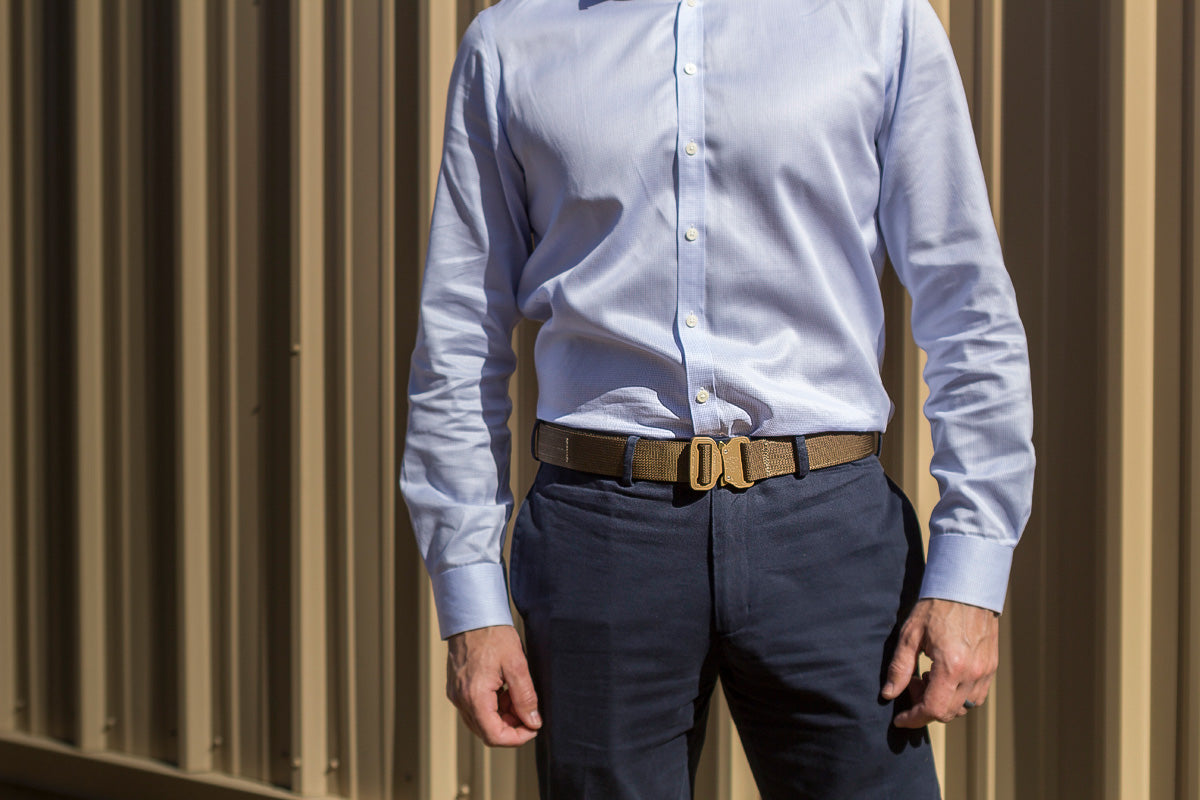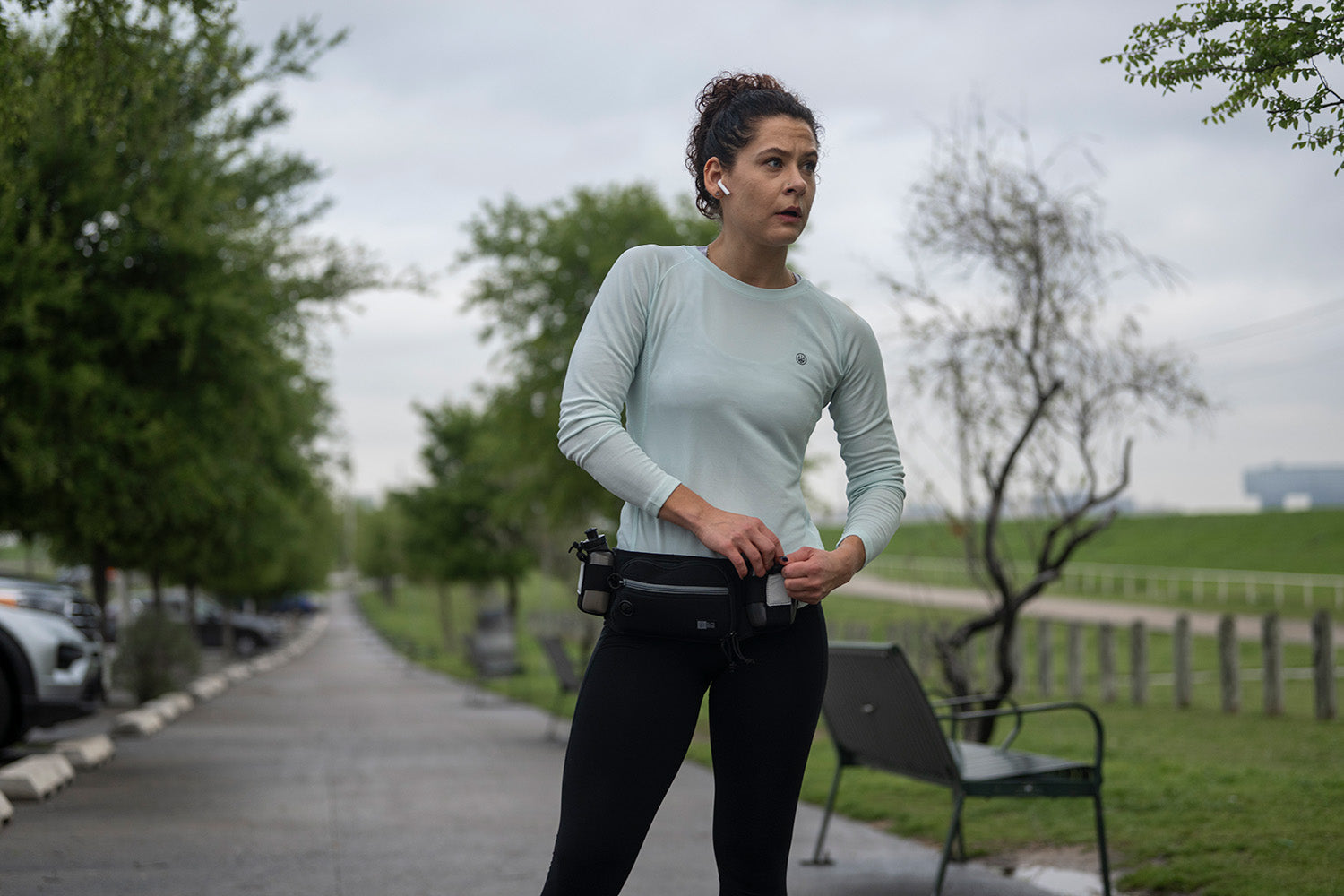From America’s colonial beginnings, through the popularization of the revolver, and into our modern times, concealed carry laws in the United States have evolved based on public opinion, hopes, and concerns. Read more to find out the history of concealed carry laws and how they reveal changing opinions regarding safety and security.
Early Regulation
The 13 original colonies of the US were subject to English common law. Under this body of law, people were largely prohibited from carrying concealed weapons.
In 18th century England, permission to travel armed was granted on a few well-defined occasions, such as when assisting law officers and justices of the peace. Upper-class members of society also had limited legal permission to travel armed. After the Revolutionary War, most colonies formally adopted the English common law they had used before independence.
The second amendment of the Constitution states, “A well regulated Militia, being necessary to the security of a free State, the right of the people to keep and bear Arms, shall not be infringed.” This amendment forms the basis of understanding individuals’ rights to possess firearms.
In the colonies, and then in the newly independent states, white males were enrolled in state-regulated militias. As militia members were normally expected to provide their own weapons, the states monitored privately owned weapons required for service. States could fine militia members for reporting with poorly maintained weapons.
The 1800s
In 1813, Kentucky and Louisiana passed the first concealed carry bans. Various states followed course throughout the 19th century.
In 1836, Samuel Colt patented a popular revolver. His creation led to the widespread use of the revolver. Bans on the carry of concealed weapons before this time were laws made with edged weapons as the primary concern. Also, keep in mind that while concealed weapons bans were passed, open carry of weapons for self-defense was often acceptable.
By 1850, most Southern states had prohibited concealed carry. In the 1880s, non-Southern states began passing laws restricting the concealed carry of weapons.
In the 1897 opinion of the US Supreme Court in the case of Robertson v. Baldwin, the court stated, “The right of the people to keep and bear arms (article 2) is not infringed by laws prohibiting the carrying of concealed weapons”. In other words, the court found that the government didn’t violate the second amendment by prohibiting concealed carry.
Early 1900s (before X Year)
One of the most significant laws of the early 1900s regarding gun ownership and use came from New York. The Sullivan Act of 1911 required owners to have a permit to own handguns small enough for concealment. Possession of small handguns without a license was a misdemeanor, and carrying without a license was a felony.
The Sullivan Act was introduced and passed in the wake of high-profile shootings in New York, including the shooting of the New York City mayor, who was shot and wounded while posing for a photo in 1910. While the act established stringent restrictions on concealed carrying, it also paved the way for other states to require permits.
Under the Sullivan Act, issuance of the concealed carry license was under the discretion of local police as a shall-issue act. However, shortly after the passage of the act, controversy ensued as selective enforcement and rampant bribery became serious problems.
The Shift to Concealed Carry Acceptance
Georgia’s concealed carry law was passed in 1976, and a similar bill for shall-issue concealed carry passed in Indiana in 1980. Yet the movement toward more states adopting concealed carry laws is often attributed to Marion Hammer, a board member and former president of the National Rifle Association (NRA).
In 1975, Hammer founded the Unified Sportsmen of Florida (USF). Hammer and USF advocated successfully for Florida to pass a permissive concealed carry handgun law in 1987. While several states had begun the shall-issue permit process before Florida, the change in Florida law sparked a nationwide movement to favor more permissive shall-issue concealed carry policies.
Current State Requirements for Obtaining a Concealed Carry Permit
Whether you must possess a permit for concealed carry depends on the state you’re in. And requirements for obtaining permits also vary by state. Currently, there are four categories of concealed carry laws in the US.
1. No-issue: citizens are not legally allowed to carry a concealed handgun.
2. May-issue: local authorities have the power to grant or deny concealed carry permits on a case-by-case basis, whether or not the applicant meets minimum requirements.
3. Shall-issue: The state will issue the concealed carry permit if the applicant meets the state’s minimum requirements. States can issue requirements based on age, the absence of felony convictions, and other factors.
4. Unrestricted, no permit, or constitutional carry: no permit is required to carry a concealed handgun.
In a major shift from the past, all states—other than Vermont, which does not require a permit for open or concealed carry—have a path to licensure available to citizens. In many cases, states that adopted constitutional carry mostly left their paths to licensure in place. This is so that even if you live in a state that does not require a permit, you can get the permit and have it for when you travel to a state that has a concealed carry reciprocity agreement with the state that issues your permit.
As the history of concealed carry laws in the US has shown, while states often permitted open carry of a weapon, people who carried a concealed weapon were often distrusted. Today, however, many conscientious Americans now carry firearms for their personal safety and for the defense of others.
People who carry concealed firearms learn the tenets of responsible gun ownership, such as how to store a gun, how to carry discreetly, and how to fire effectively. They also learn and follow the laws regarding concealed carry in the states they reside in and travel to.
At Elite Survival Systems, we’re proud to offer a selection of high-quality concealed carry gear. We offer a range of on-body and off-body holsters that support our mission to improve our customers’ everyday carry experience. Shop with us today.

Also in News

The Elite Survival Systems® Mainstay™ IWB Holster: A Perfect Fit for the Sig Sauer P365

What Belt Should You Wear for Concealed Carry?
Your gun belt's fit, material, and rigidity affect how well you carry your firearm. Read to learn more about finding the concealed carry belt you should wear.

5 Clothing Tips for Those Who Have a Concealed Carry License
If you don’t dress correctly for concealed carry, you risk printing or showing your gun. Use these clothing tips to keep your weapon discreet, yet accessible.

